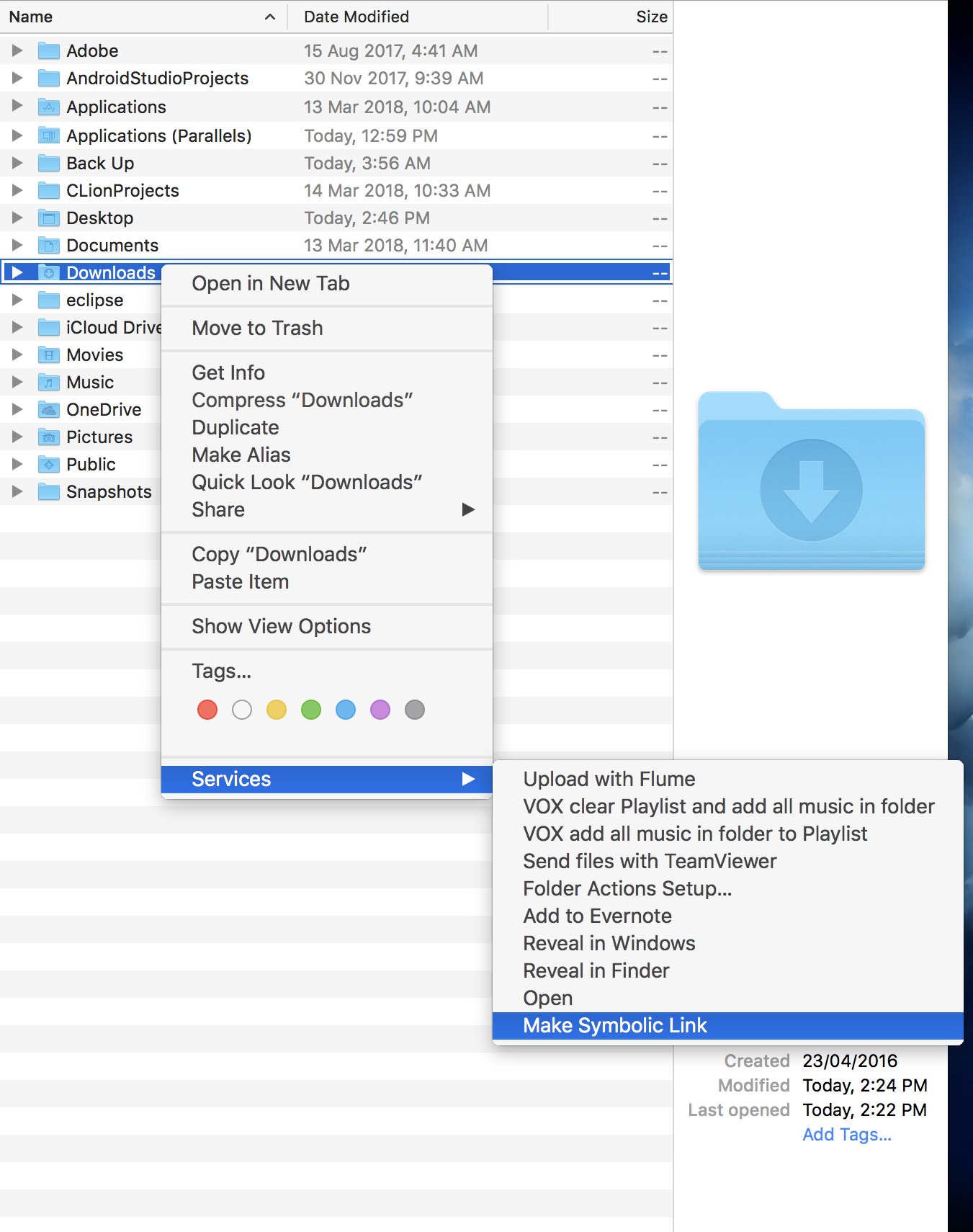

So, if you created a hard link from /Users/example pointing to /opt/example and later moved /opt/example, the link at /Users/example would still point to the file, no matter where you moved it. However, if you create a hard link, it will actually point to the underlying inode on the file system. If you move the file at /opt/example, the link at /Users/example will be broken. For example, let’s say you have a symbolic-or soft-link from /Users/example pointing to /opt/example. A symbolic or soft link points to a path in the file system. In addition to symbolic links, which are sometimes called “soft links”, you can instead create “hard links”. You can move your symbolic link around, and it will point back to the original file. It allows you to move files around for your convenience and is especially handy if you only have limited space available on an internal drive. This is entirely transparent to the macOS operating system and the applications you use. In reality, those files are stored elsewhere, and the symlink works as a very convincing signpost. To Steam and any other process, the symbolic link looks just like a normal folder, as if the original never moved. To complete the procedure, create a symbolic link that points to the new location of the files (that’s “/Volumes/Data/steamapps”) within the “/Users/tim/Library/Application Support/Steam/” directory. First, move the “steamapps” directory to an external drive called “Data” which has the pathname “/Volumes/Data”. By default, these files happen to be stored at “/Users/chris/Library/Application Support/Steam/steamapps”.
Symboliclinker mac#
Let’s say you have many Steam games taking up space on a primary Mac partition that you want to store on an external drive instead. The program will try to access its folder at /Library/App, and the operating system will redirect it to /Volumes/App.Ĭonfused? Let’s take a look at a real-world example. You can move the App directory to /Volumes/App, and then create a symbolic link at /Library/App pointing to /Volumes/App. Let’s say you have an application that needs its files stored at /Library/App that you want to store somewhere else on the system-for example, in /Volumes/App.
Symboliclinker Pc#
PC users can also use symbolic links, but symbolic links on Windows work a little differently. They work much like symbolic links do on Linux, since both macOS and Linux are UNIX-like operating systems. Aliases point at files or folders, which are more like simple shortcuts.Ī symbolic link is a more advanced type of alias that works in every application on the system, including command-line utilities in the terminal. A symbolic link you create appears to apps to be the same as the original file or folder it’s pointing at, even though it’s just a link.

In macOS, you can create regular aliases in the Finder.
Symboliclinker how to#
You can think of them as advanced aliases and here’s how to use them in macOS. Symbolic links, also known as symlinks, are special files that point to files or directories in other locations on your system. B4DAA7761350418B00415B58 /* SymbolicLinkerService.Create a symbolic link by opening a Terminal and using the following command:


 0 kommentar(er)
0 kommentar(er)
